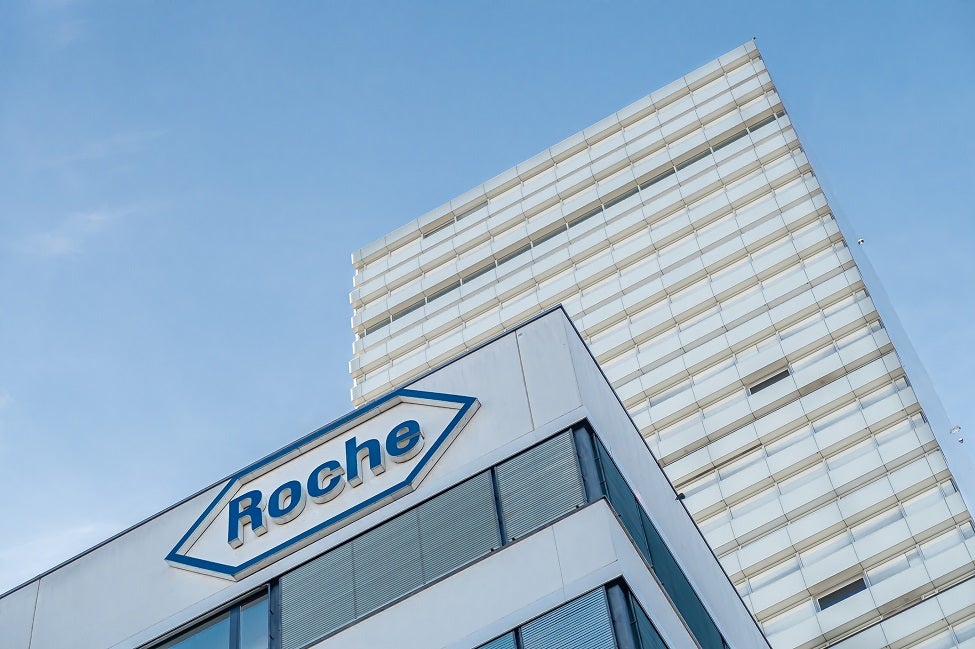The systemic lupus erythematosus (SLE) and lupus nephritis (LN) market comprises a wide range of medications, from anti-malarials to immunosuppressive agents, which are largely genericised to biologics used both off-label and on-label. The current research and development (R&D) strategies being pursued are diverse, and most products have varying and novel mechanisms of action.
Since B-cells play a significant role in the pathogenesis of SLE, these molecules are considered a prime target for therapeutic benefit. Companies have started to focus on targeting B-cell molecules directly, such as cluster of differentiation (CD)-19 or CD-20, which explains why rituximab is used to treat patients off-label and there is so much excitement from key opinion leaders (KOLs) about Roche’s Gazyva (obinutuzumab), which was granted FDA breakthrough therapy designation for LN. Other techniques include the classic inhibition of B-cell survival factors such as BAFF, a proliferation-inducing ligand (APRIL), which is the mechanism of action (MOA) of GSK’s Benlysta (belimumab), a drug that is currently approved for SLE and is now being researched in LN. Although Benlysta has shown huge success, other molecules that present this MOA, such as Anthera Pharmaceuticals’ blisibimod, did not display improvements in the composite endpoint, SLE Responder Index (SRI), for patients with SLE. Nevertheless, multiple late-stage pipeline candidates continue to target this pathway, such as Vera Therapeutics’ atacicept.
It has also been noted that CD-40 ligand plays a vital role in T-cell activation and the manufacturing of antibodies by B-cells. As such, an overexpression of CD-40 ligand has been linked to implications in SLE. Pre-clinical studies have shown that inhibiting this pathway could help with alleviating lupus-like symptoms. However, open-label clinical studies of anti-CD-40 ligand antibodies such as rupilizumab have shown an increase in thrombosis. Crucially, UCB’s late-stage pipeline agent dapirolizumab pegol has been designed to avoid these issues and has not shown overwhelming signs of prothrombotic events in recent trials. Immupharma’s Lupuzor (forigerimod) is another novel agent with FDA breakthrough status; the drug modulates activation of T-cells by affecting major histocompatibility complex (MHC) class II receptors, thereby mediating the severe immune response caused by lupus.
As well as B-cells and T-cells, type I interferons (IFNs) are also involved in lupus pathogenesis, as genes for these proteins are overexpressed in the blood. Data has shown, especially from the TULIP trials, which researched AstraZeneca’s Saphnelo (anifrolumab), that therapeutic benefit can be attained by targeting IFN-alpha and its related signalling molecules. Saphnelo works by targeting and blocking the action of type I IFNs by binding to the subunit 1 of their common receptor. Its recent US and EMA approval in SLE has been well-received and it is currently in Phase III trials for a label expansion into LN.
Other novel MOAs that are approved in other autoimmune diseases such as interleukin (IL) inhibitors are also being assessed in SLE; for example, Novartis is testing the effectiveness of its IL17 inhibitor Cosentyx in LN. In addition, the JAK-STAT pathway inhibitors have also been considered attractive targets for medical benefit in lupus sufferers, despite the discontinuation of development in Eli Lilly’s Olumiant (baricitinib) early last year. In particular, Bristol-Myers Squibb’s (BMS) deucravacitinib is currently the furthest along in its development for lupus within this class of therapies.
Another molecule that has recently gained approval in LN is Aurinia’s voclosporin, a novel calcineurin inhibitor; physicians are excited about its prospect because of its effectiveness at lower plasma levels.
How well do you really know your competitors?
Access the most comprehensive Company Profiles on the market, powered by GlobalData. Save hours of research. Gain competitive edge.

Thank you!
Your download email will arrive shortly
Not ready to buy yet? Download a free sample
We are confident about the unique quality of our Company Profiles. However, we want you to make the most beneficial decision for your business, so we offer a free sample that you can download by submitting the below form
By GlobalDataA further major trend in the lupus treatment landscape is that many companies with approved therapies in other autoimmune diseases are testing them for efficacy in SLE and LN, as some of the symptoms are similar. This, again, is caused by the highly variable nature of the disease and its many manifestations observed by physicians in patients.
A prime example of this strategy is the aforementioned obinutuzumab, an anti-CD20 monoclonal antibody (mAb) therapy with a primary indication for chronic lymphocytic leukaemia, as well as being indicated for various forms of lymphoma. Similarly, BMS’ deucravacitinib has a primary indication in generalised pustular psoriasis and plaque psoriasis and is currently being tested in SLE. On a similar note, Novartis’ Cosentyx (secukinumab) is a drug that is primarily approved for psoriasis but is currently in late-stage development for LN, although this therapy is also currently used as an off-label option for this indication.
Overall, the current lupus pipeline exhibits a diverse set of approaches targeting a range of immunological pathways that are known to be involved in the pathogenesis of the disease. In addition, the further development of therapies with other primary indications highlights the overlapping nature of many immunological disorders, as well as the further need for additional therapies in the lupus marketplace. The wide range of manifestations within lupus demands a larger diversity within the armamentarium of therapies.






Related Company Profiles
Novartis AG
Bristol-Myers Squibb Co
AstraZeneca Plc
GSK plc
Eli Lilly and Co